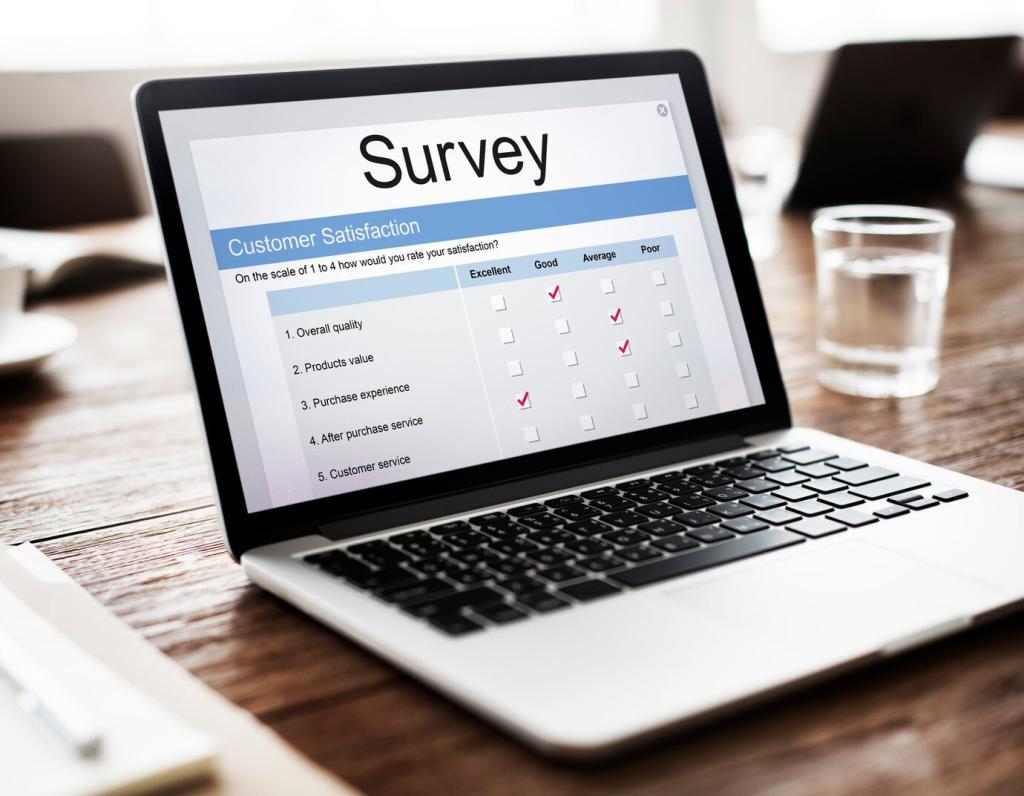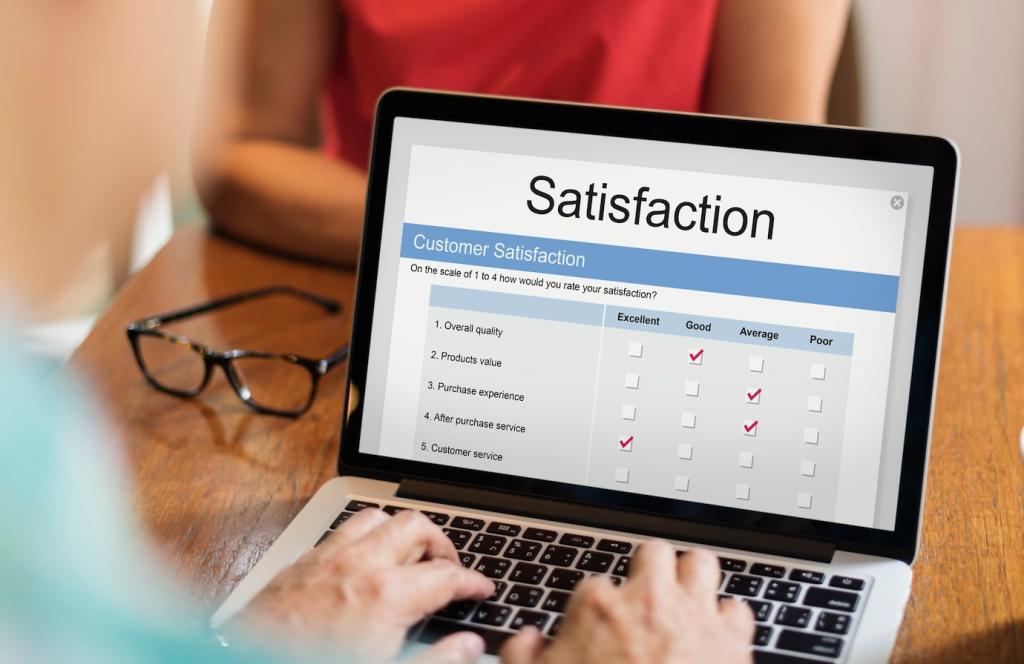
Evaluating the Best Online Learning Platforms
Chosen theme: Evaluating the Best Online Learning Platforms. Welcome to a practical, story-driven guide that helps you compare platforms with clarity, empathy, and evidence. Explore criteria, real experiences, and tips to choose confidently—and subscribe for future evaluations and updates.
Defining What “Best” Really Means
Evaluate course quality, instructional design, accessibility, user experience, assessment rigor, support, career relevance, verifiable credentials, data privacy, and overall value. Each dimension should be measured against clear, learner-centered outcomes rather than marketing claims or fleeting trends.

Defining What “Best” Really Means
A teacher seeking classroom integration may prioritize assessment and analytics, while a job seeker values employer-recognized certificates and projects. Define weights for each criterion, then score platforms consistently to avoid bias and create a transparent, repeatable decision process.



User Experience, Accessibility, and Mobility
Frictionless Navigation and Clarity
A strong platform minimizes clicks to key actions: continue lesson, review notes, attempt quiz, or join discussion. Breadcrumbs, progress bars, and consistent layouts reduce confusion. Predictable interfaces free cognitive resources for learning instead of interface problem-solving.
Accessibility and Inclusive Design
Seek WCAG-aligned features: captions, transcripts, keyboard navigation, screen-reader support, color-contrast controls, and image descriptions. Inclusivity is not optional—platforms that treat accessibility as foundational help every learner thrive, from noisy environments to low-vision contexts and neurodiverse needs.
Mobile Learning That Actually Works
Commuters often learn in ten-minute bursts. Offline downloads, responsive quizzes, and resume-state syncing make those minutes matter. A student told us she finished an entire statistics unit on the bus because the platform never lost her place.
Assessment Variety and Integrity
Balanced platforms combine auto-graded quizzes, open-ended projects, and peer review. Integrity tools should respect privacy while discouraging misconduct. Clear rubrics, retake policies, and calibration exercises build trust and make grades feel like useful guides, not arbitrary numbers.
Timely, Actionable Feedback
Feedback is only powerful when it arrives quickly and shows next steps. Look for inline comments, exemplars, and targeted hints. When platforms automate low-level checks, instructors can spend more time crafting thoughtful, motivating guidance for complex tasks.
Transparent Analytics and Privacy
Meaningful dashboards show progress trends, concept mastery, and time-on-task without overwhelming charts. Learners should control data visibility and know how their information is used. Ethical analytics empower reflection without turning education into surveillance or score-chasing.


Community, Support, and Motivation
Quality forums curate exemplary responses, highlight unanswered questions, and guide civil discourse. Thread structure, tagging, and gentle moderation help novices feel safe contributing. When discussions connect directly to assignments, participation feels purposeful rather than performative.
Community, Support, and Motivation
Instructor videos, office hours, and mentor check-ins sustain motivation. Even brief, human touches—name usage, personalized nudges, or milestone celebrations—can halve dropout. A learner told us one ten-minute mentor call saved a month of frustration and restored momentum.
Credentials, Recognition, and Real Outcomes
Accreditation and Employer Trust
Not all credentials carry equal weight. Check institutional partners, accreditation status, and employer partnerships. Platforms that map skills to frameworks and publish hiring outcomes signal seriousness—beyond logos—about bridging learning and meaningful, verifiable professional recognition.


Portfolios and Verifiable Evidence
Open Badges, blockchain verification, and shareable project links help credentials travel. Platforms that make evidence easy to showcase help recruiters see competence quickly. When artifacts align to job tasks, portfolios become conversation starters instead of generic certificates.
Total Cost of Ownership for Learners
Beyond subscription fees, include time costs, required textbooks, proctoring, and add-ons. Platforms that bundle essentials and support flexible pacing often deliver better value. Track how long you actually spend to understand true investment and return.
Privacy, Ads, and Algorithmic Fairness
Examine data collection, ad policies, and recommendation transparency. Ethical platforms disclose models, avoid dark patterns, and let you opt out. Fairness matters when recommendations shape what you learn next and whose voices your feed amplifies or silences.
Future-Proofing Your Learning Path
Look for frequent content refreshes, version history, and migration tools. If a platform lets you export notes, progress, and projects, you protect your learning. The best choice today should not trap tomorrow’s goals or evolving interests.

